欢迎来到猎狐修改器官网
我们提供作任何Steam游戏的修改工具定制,海量Steam未加密游戏资源!猎狐工作室,重新定义你的游戏规则!
Mindfulness Simulator - ASMR Meditation Game - 游戏媒体信息
猎狐游戏库
发布时间:2025-02-26 03:58:05
下载:0次
点击取消静音
点击取消静音
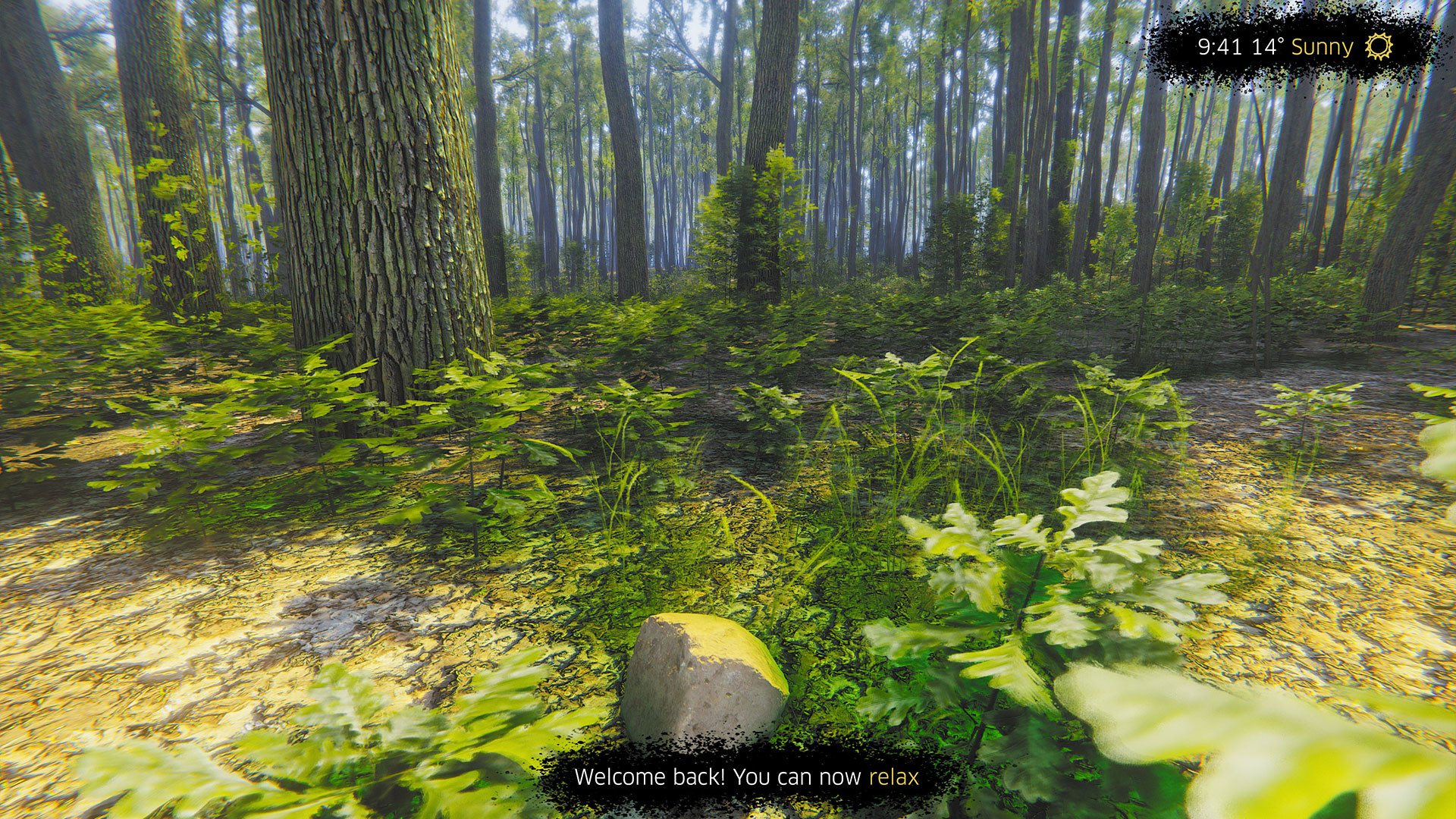
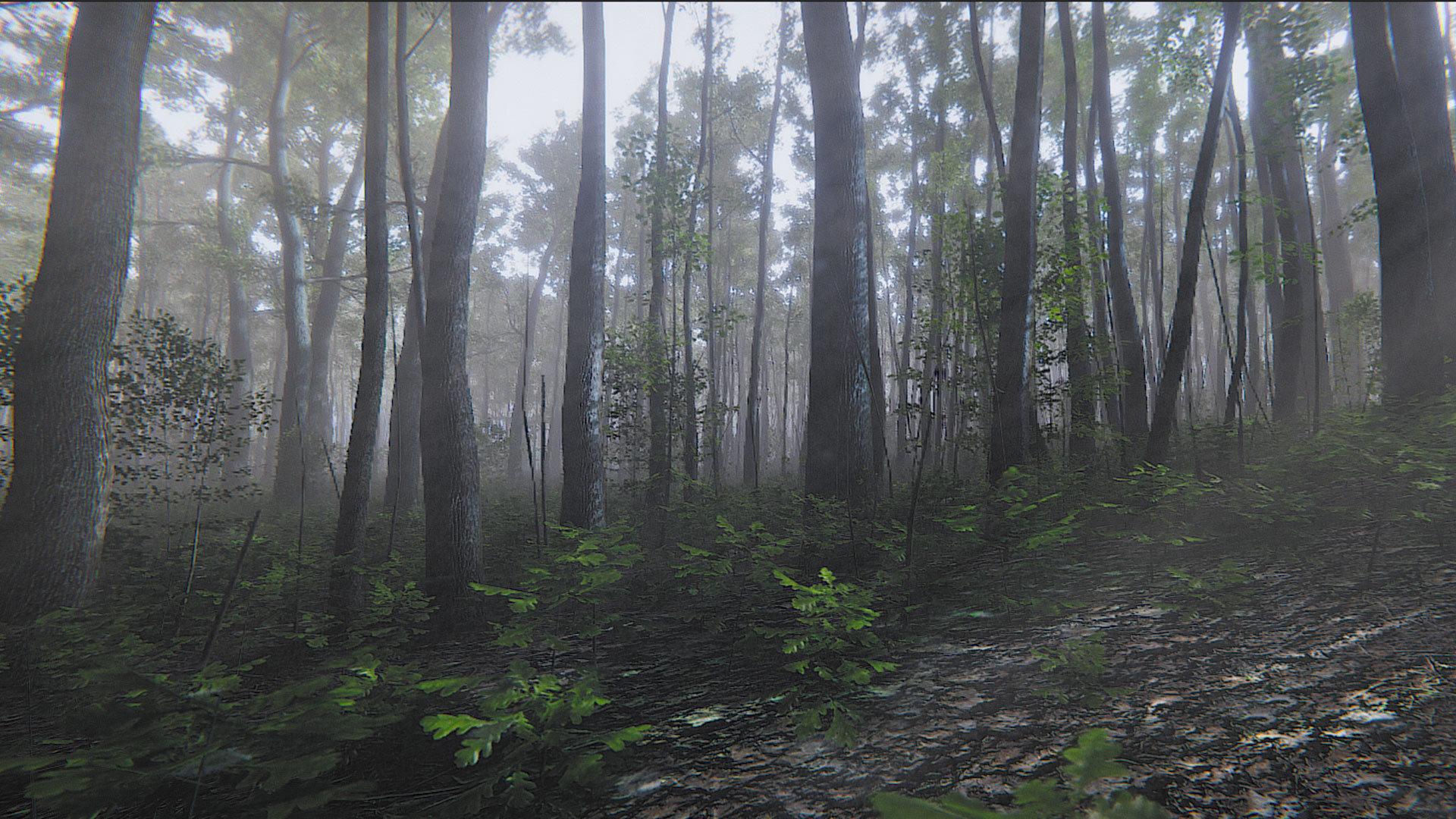
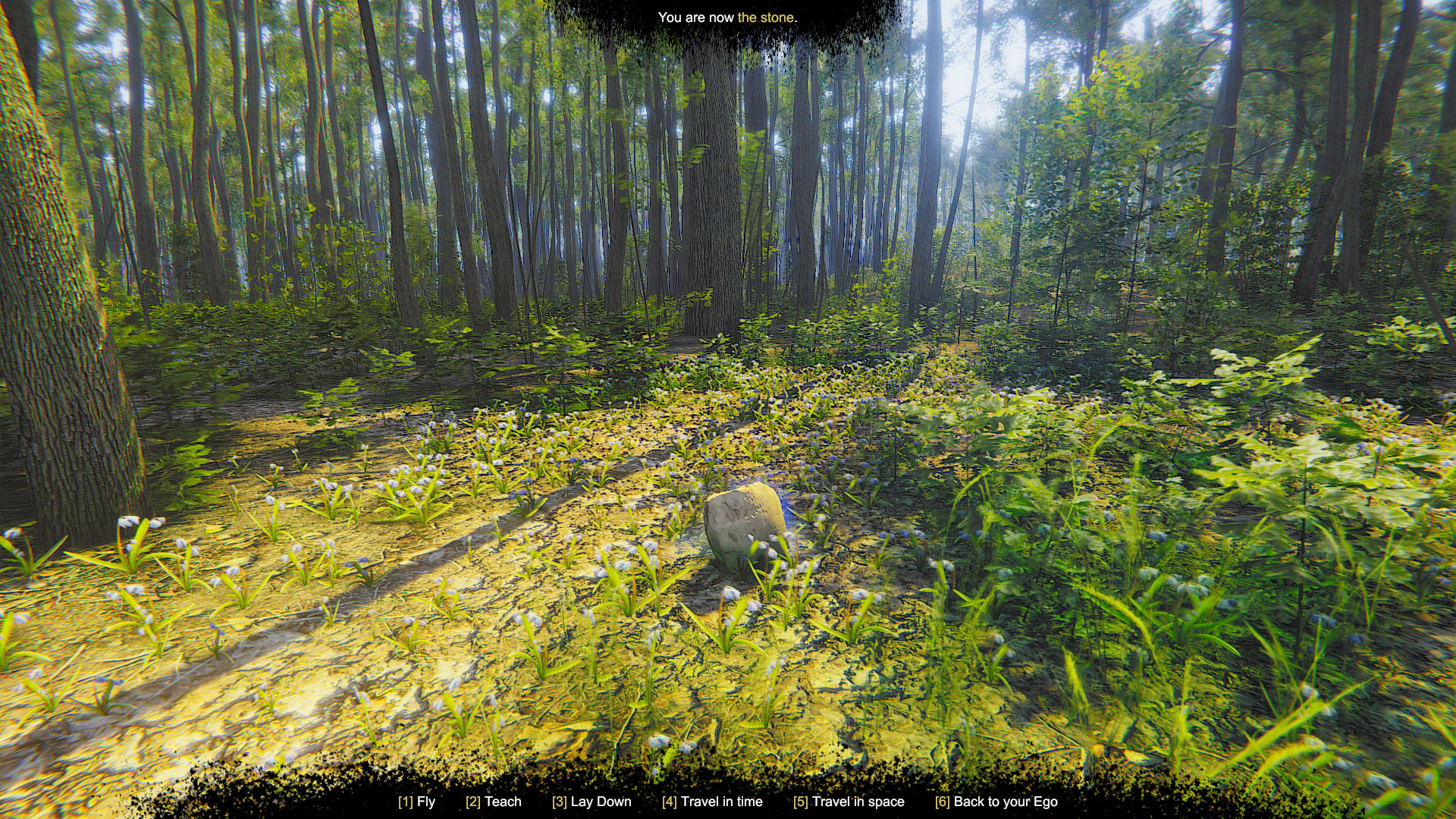

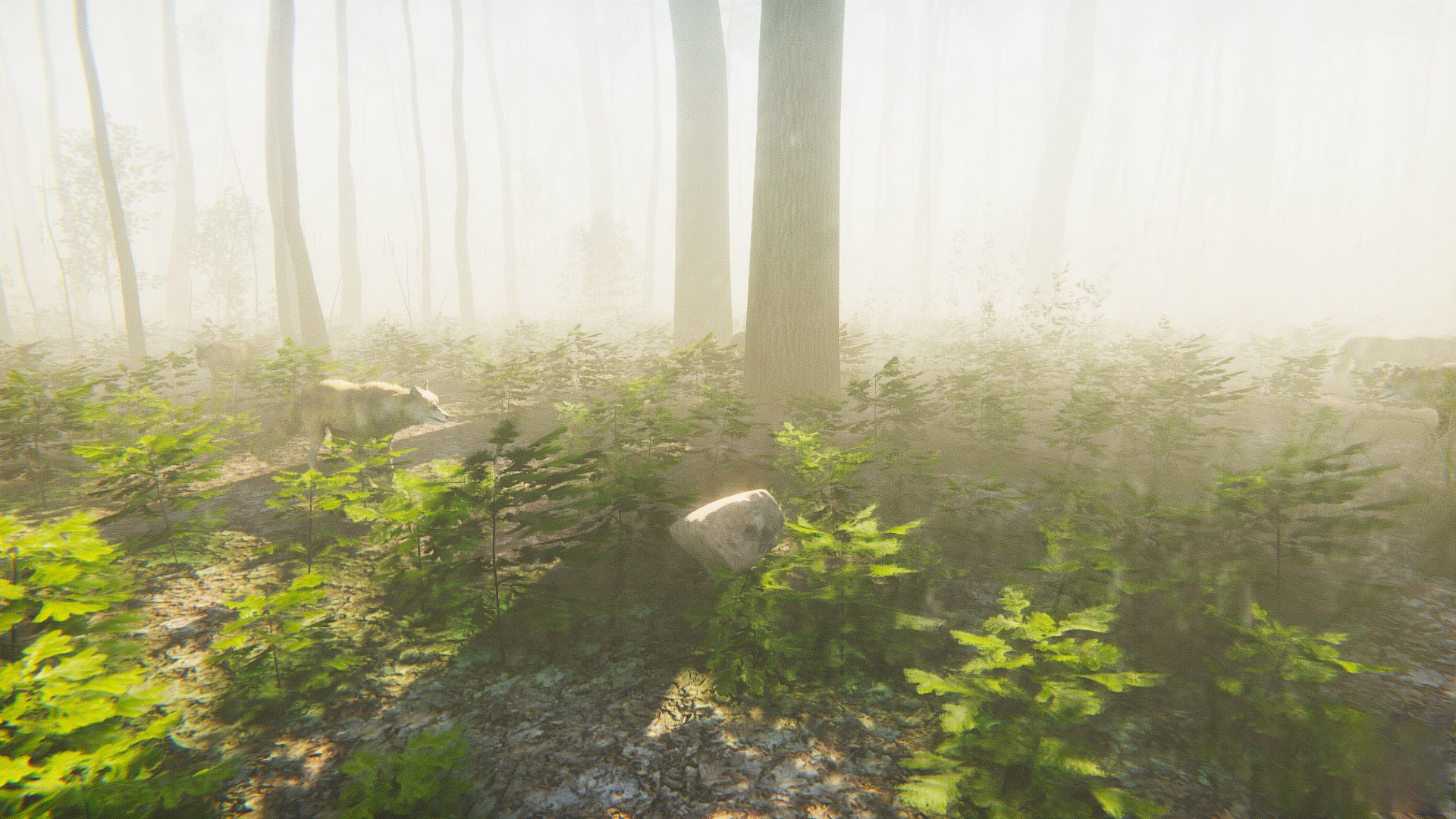
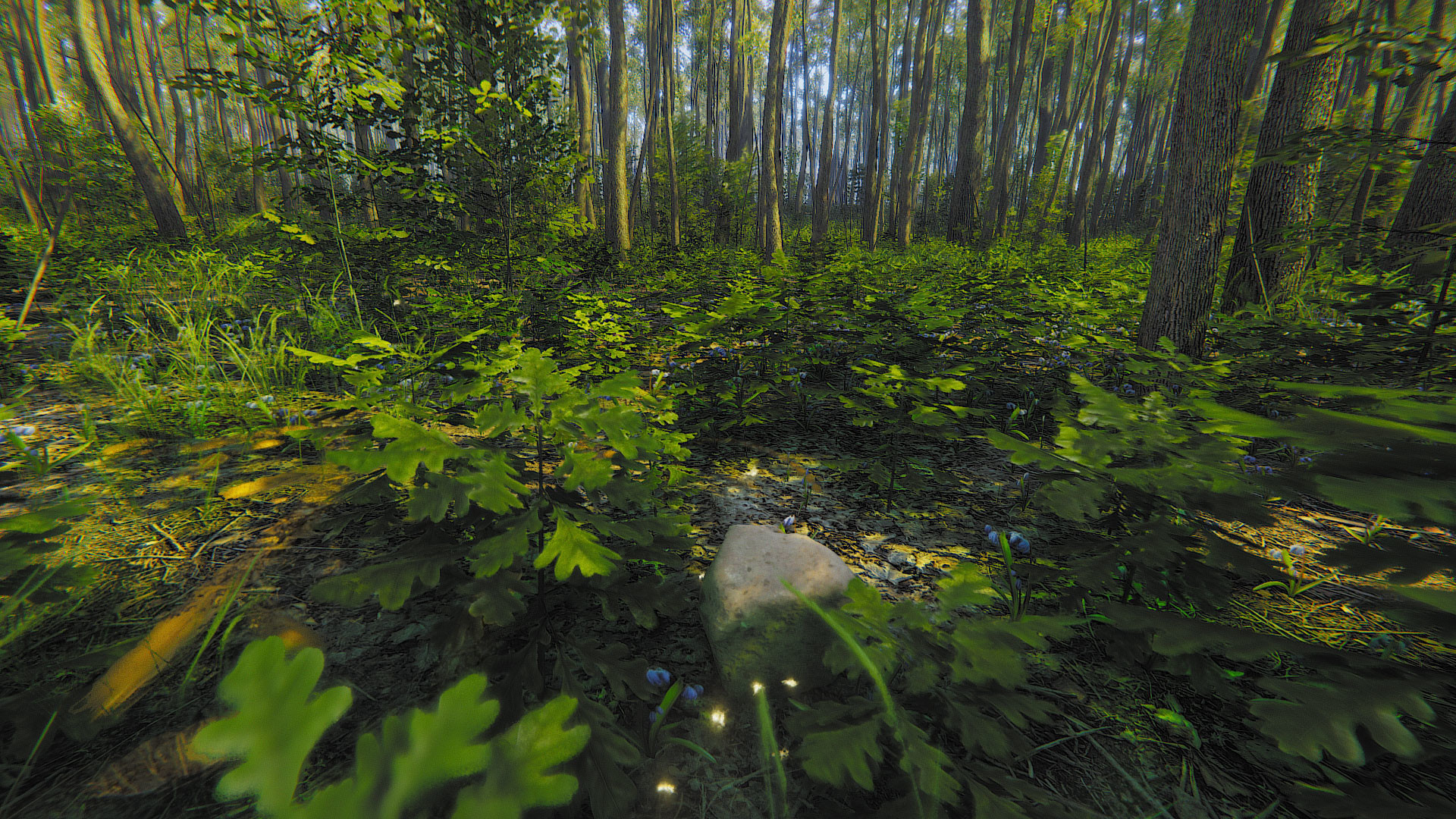








版权说明:
- 此资源是未加密版本,下载后解压即可游玩,禁止商用
- 如有侵权,请联系Liehu@Tutamail.com无条件立即删除本页
- 关于网盘内的资源若需删除,您应该联系网盘方,因为地址是网络收集
如本站没有你需要的游戏资源请到评论区留言
申请资源
Mindfulness Simulator - ASMR Meditation Game- 解压即玩|未加密|免安装|简体中文|无广告纯净版
学习版下载太慢? - 让你白嫖正版游戏如何?
我们有一个神奇工具,可以让你不去购买这个游戏就能在你的STEAM账号里拥有这个游戏!是任何游戏!
无需购买即可游玩任何Steam游戏! 一键将游戏及全部DLC添加至您的Steam库, 支持云存档同步、游戏时长记录,与正版游戏体验完全一致!不需要真正的付费购买STEAM上的游戏!比如当前这款游戏!你如果没有!使用我们的白嫖工具即可让你的STEAM拥有这个游戏!无需下载任何软件,直接在我们网站激活你要购买的STEAM游戏就会出现在你的STEAM游戏库里面!任何人都不可能错过这个神器!简直碉堡啦!
支持各类游戏
含所有DLC
支持云存档
立即体验
¥100
/月,畅玩无限游戏
文章内容
Check out these other great meditation or ASMR games:
Mindfulness Simulator - ASMR Meditation Game experiences designed to calm your mind, inspire and drift away.
Wander freely through the forest as your own Ego or as a Stone. Explore the procedurally-generated environment listening to Alan Watts' teachings about Mindfulness, Meditation, Peace and Love. Play with ASMR Grass when you roll over it with varying weather and time of day. Just be mindful.
Wind down in compelling natural environment with dense atmospheres accompanied with original soundtrack composed exclusively to relax with help of binaural beats. Designed to inspire and relax the game embody visually psychedelic effects that are research-backed to encourage individuals to explore their consciousness and deeper inner states. Mainly for those experiencing heightened stress levels, restlessness, and other mental health issues. After a free session aspects of the environment and mood will have transformed.

After entering the world, you are faced with a time of day and a weather somewhere in the world. You are also placed somewhere in a procedurally-generated forest being able to walk, explore and get lost completely.
As a stone you can:

The game features many biomes that you can simply watch (and hopefully in the future, interact):
What it is NOT
Don't expect fast-paced action, gamification / quests, huge open-world levels or complex scene interaction (more interactions with the environment are likely to follow though).

Please take a look at the recommended specs and try the demo first to test performance.
This application is resource intensive. - Much care is taken to optimize it, while still trying to keep a decent quality. It's a tight-rope walk. The hope is that you don't have to care too much about technical aspects or performance issues and can just enjoy the game.
If you encounter any issues or have feedback of any sort, feel invited get in contact via Steam Discussions or Discord before writing a review.
There you can also access more infos about known issues and solutions, change-log and roadmap.
Mindfulness Simulator - ASMR Meditation Game experiences designed to calm your mind, inspire and drift away.
Wander freely through the forest as your own Ego or as a Stone. Explore the procedurally-generated environment listening to Alan Watts' teachings about Mindfulness, Meditation, Peace and Love. Play with ASMR Grass when you roll over it with varying weather and time of day. Just be mindful.
Wind down in compelling natural environment with dense atmospheres accompanied with original soundtrack composed exclusively to relax with help of binaural beats. Designed to inspire and relax the game embody visually psychedelic effects that are research-backed to encourage individuals to explore their consciousness and deeper inner states. Mainly for those experiencing heightened stress levels, restlessness, and other mental health issues. After a free session aspects of the environment and mood will have transformed.

After entering the world, you are faced with a time of day and a weather somewhere in the world. You are also placed somewhere in a procedurally-generated forest being able to walk, explore and get lost completely.
As a stone you can:
- go back to your ego
- listen to Alan Watts' wisdoms
- roll on the ASMR grass
- fly through the forest
- join wind in the breathing session
- travel in time
- travel in space

The game features many biomes that you can simply watch (and hopefully in the future, interact):
- critters (4 species and growing)
- insects (butterflies, flies, mosquitos and more)
- mammals (with predators like wolf or fox)
- birds (more than 12 species)
What it is NOT
Don't expect fast-paced action, gamification / quests, huge open-world levels or complex scene interaction (more interactions with the environment are likely to follow though).

Please take a look at the recommended specs and try the demo first to test performance.
This application is resource intensive. - Much care is taken to optimize it, while still trying to keep a decent quality. It's a tight-rope walk. The hope is that you don't have to care too much about technical aspects or performance issues and can just enjoy the game.
If you encounter any issues or have feedback of any sort, feel invited get in contact via Steam Discussions or Discord before writing a review.
There you can also access more infos about known issues and solutions, change-log and roadmap.
推荐游戏修改器

猎狐Steam正版游戏白嫖工具 游戏直接入库 无需购买游戏 已开放

勇闯死人谷:暗黑之日 4月13日全网首发 Into the Dead: Our Darkest Days

三国志潜龙在渊 4月14日更新 包更新 添加任意物品 Three Kingdoms Heroes

不思议迷宫 gumballs 新增无限抽卡 无限物品 全网功能最多

漆黑猎场 Dark Hunting Ground 4月2日更新 可自定义词条
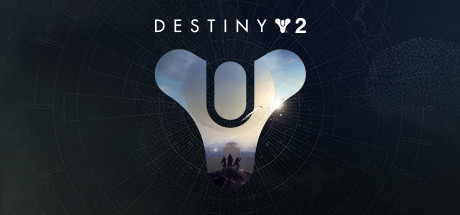
命运2 destiny2 联机专用超稳定 小几率封号 支持Steam Epic 1年使用权限

绝区零 ZenlessZoneZero 暂停购买 修复中~

幻兽帕鲁 Palworld 大型更新:天坠之地

罗格:救世传说 4月13日更新 Rogue : Genesia

罗格:救世传说 4月13日更新 Rogue : Genesia
 登录
登录